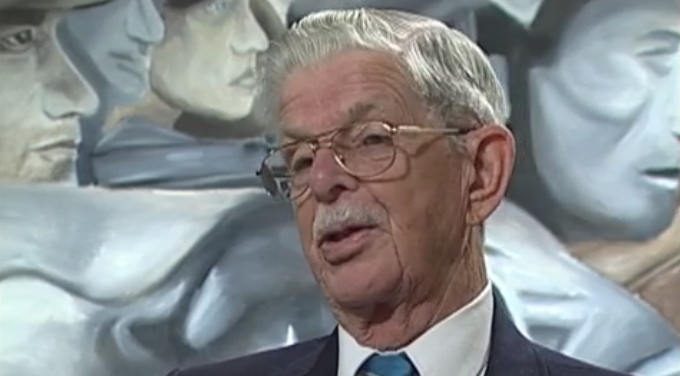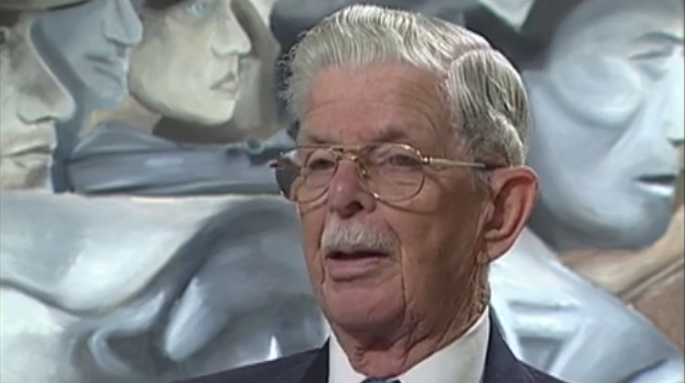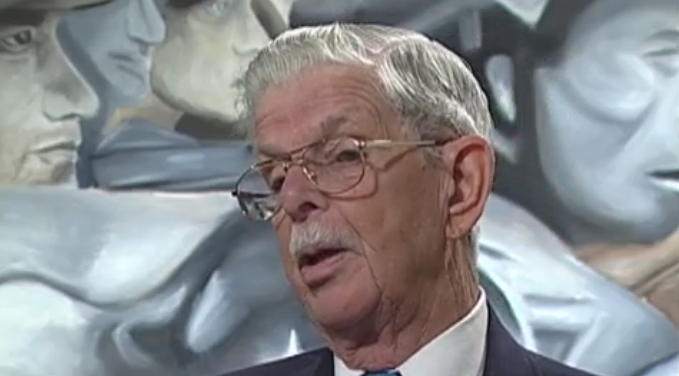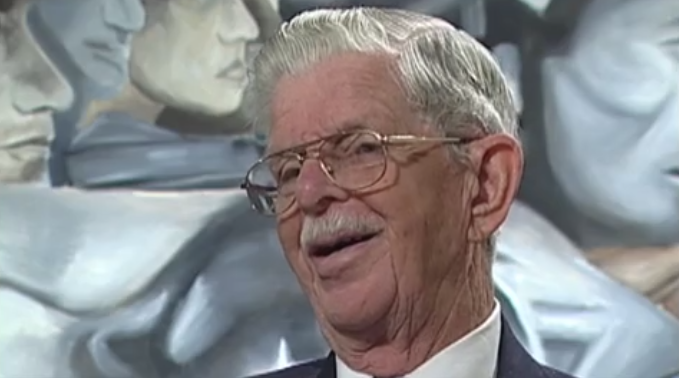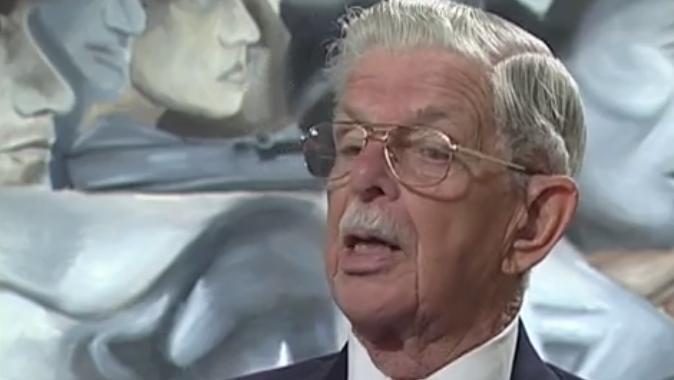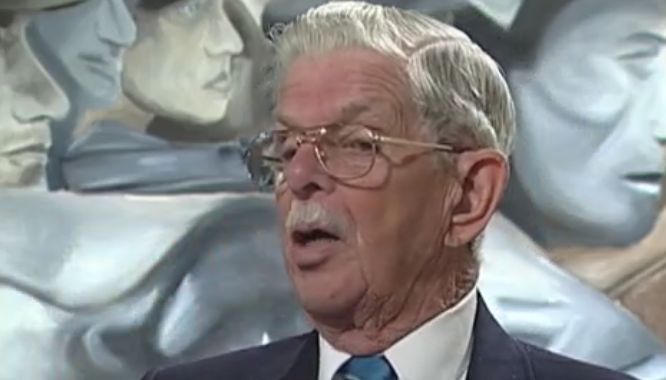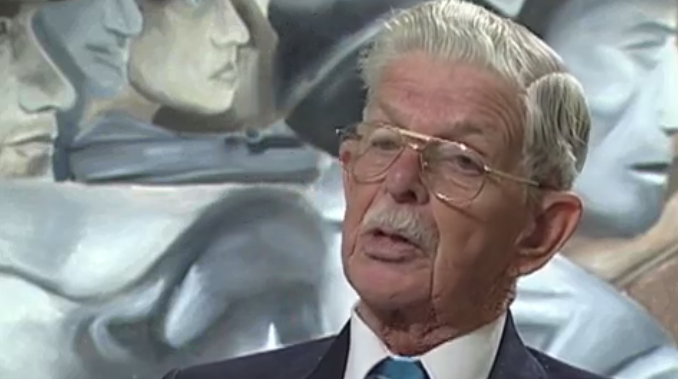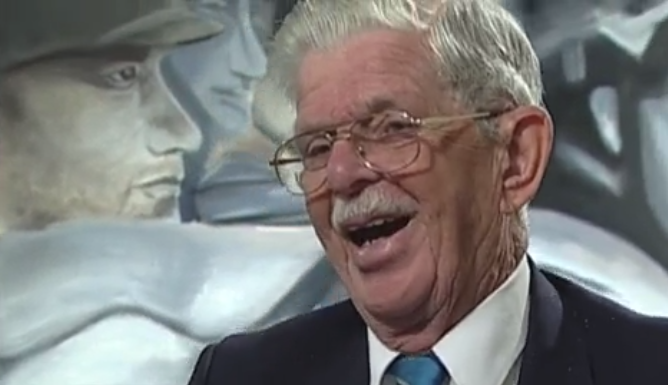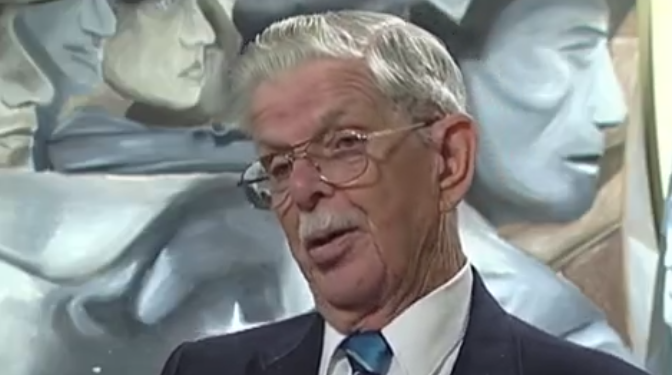U-Boats and Convoys
Heroes Remember
U-Boats and Convoys
Transcript
Description
Mr. Allen describes general strategies used to protect convoys from U-boats.
Bruce Allen
Mr. Allen was born in Montevideo, Uruguay, in 1923. His father worked in the foreign service of the Royal Bank, and returned to Toronto, Ontario, in 1930. Mr. Allen enlisted at the age of eighteen, completed basic training, and shipped overseas to England where he joined 172 Squadron, Coastal Command. His wartime experience involved convoy protection and submarine patrol. After returning to Canada, Mr. Allen pursued a career in various facets of television broadcasting. He remains very interested in Veterans' issues, and belongs to several Veterans organizations; 403 Sarnia Wing Air Force Association, Royal Canadian Legion, Veterans Club of Sarnia, and the Bomber Command Association.
Meta Data
- Medium:
- Video
- Owner:
- Veterans Affairs Canada
- Duration:
- 03:08
- Person Interviewed:
- Bruce Allen
- War, Conflict or Mission:
- Second World War
- Battle/Campaign:
- Coastal Command
- Branch:
- Air Force
- Units/Ship:
- 172 Squadron
- Rank:
- Flying Officer
- Occupation:
- Wireless Operator
Related Videos
- Date modified:



